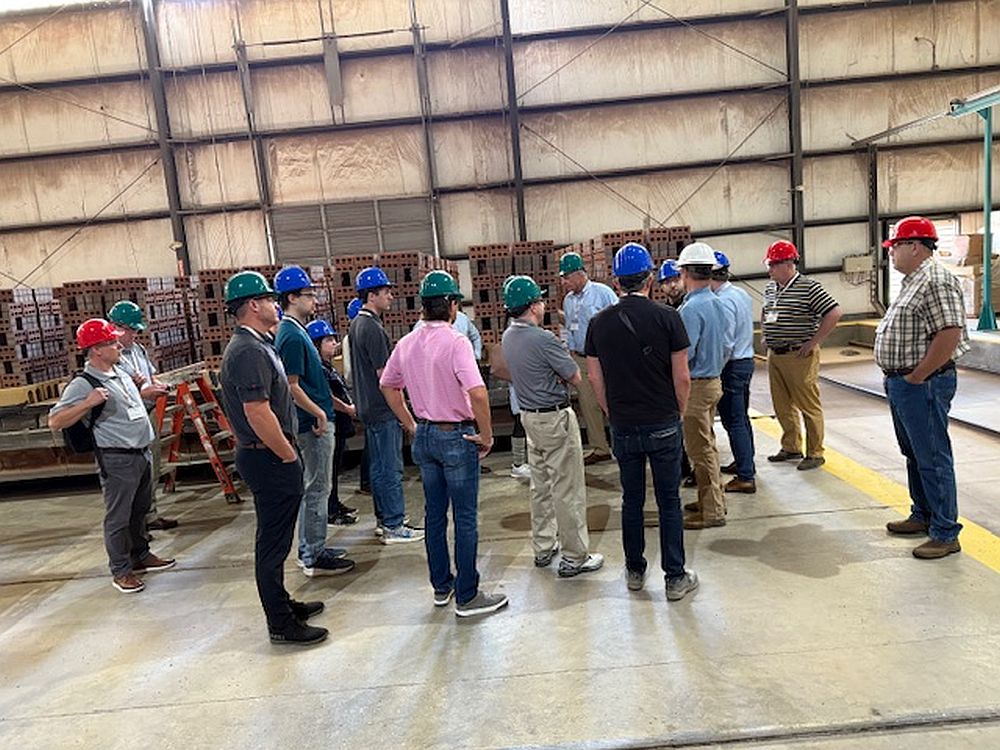
[Image above] Credit: rawpixel
The American Ceramic Society journals are dedicated to continuously improving our processes and requirements for the sake of our authors. In recent years, we invested heavily in our editorial team and process oversight, dramatically shortening review cycle time while simultaneously improving quality.
Among recent publishing developments, we welcome the new opportunities arising from the growth of artificial intelligence. Modeling, for example, enables faster and better results by pointing researchers toward compositions and processing conditions that have higher likelihoods of success.
Recognizing this potential, the editors of Journal of the American Ceramic Society (JACerS) are organizing a special issue dedicated to computational methods in ceramics and glass research. You can contact John Mauro, JACerS editor-in-chief, if you are interested in submitting a manuscript on this topic.
New artificial intelligence tools are also being employed extensively by Wiley, ACerS’ publishing partner, with great benefits for our authors. Perhaps most important are improvements to the article copy editing and typesetting processes. While a few years ago we simplified formatting requirements for original manuscript submissions, Wiley’s new capabilities allow us to extend those simplifications to the entire manuscript review process, including final submission for publishing.
Authors can now submit to their final manuscripts to all four ACerS journals with figures, captions, and tables embedded within the main document text. In other words, we no longer require separate high-resolution files for each figure, though authors who wish to submit figures separately can do so. The following is the new list of requirements for manuscript submission.
- Main document must be in Word formats (*.doc, *.docx, or *.rtf) or LaTeX format, both with double line spacing for ease of review.
- The corresponding author must be marked within the author list and contact info provided on the manuscript’s first page.
- Figures and tables should appear near the text that refers to them.
- Authors who submit figures separated from the main document must continue to include a list of figure captions in the main document.
- Tables, equations, and figure captions are editable (not images).
- Figures are clear (e.g., text is easily read) when converted to PDF.
- All tables, figures, and references, including those within supplemental information, must be mentioned (in-line reference) within the body of the text. References within captions and table titles are not sufficient.
- Bibliography should have all authors listed and must list the article title. DOIs for journal articles and books are requested. Data from websites should list URL and date which information was downloaded.
These requirements can be found in the author instructions webpage on ceramics.org and will soon be listed on each journal’s website in ACerS Publication Central, our Wiley Online Library website.
New policy on the use of artificial intelligence tools
Also found in the author’s instructions are the ACerS rules for ethical use of artificial intelligence (AI) by journal authors. First and foremost, all authors are responsible for the content of their journal articles. Because AI tools cannot be held responsible, AI cannot be a named author. Second, because AI has a degree of uncertainty (as do all research tools), authors are responsible for reviewing and verifying the outputs of AI.
There are many acceptable and unacceptable uses of AI for research and manuscript authoring. In addition to modeling, it is permissible to use AI to refine English grammar and usage, which can be particularly useful for researchers working to improve their language skills. Unacceptable uses include writing initial manuscript drafts, generating images (other than data outputs from specific models), manipulating images in a way that distorts the data, generating the bibliography, and any action that provides an outcome that is not verifiable by non-AI methods.
Wherever AI tools are employed for a manuscript, their use must be described in the methods section of the manuscript, much like usage of any other piece of equipment or software.
Research Exchange: a simplified site for manuscript submission and management
Research Exchange (ReX), Wiley’s new manuscript submission programming, will be available to our community very soon. As a “front end” for ScholarOne/Manuscript Central, our manuscript review management system, ReX organizes metadata using AI tools and then transfers it to ScholarOne along with the manuscript file(s).
ReX promises a much easier process for authors submitting to Journal of the American Ceramic Society, International Journal of Applied Ceramic Technology, and International Journal of Applied Glass Science. Due to the extra steps needed for article processing charge (APC) payment management, International Journal of Ceramic Engineering & Science authors must continue to submit directly to ScholarOne.
Authors begin by choosing the article type and answering questions about policies and publications ethics. The authors then upload the manuscript file(s) and ReX automatically extracts the title, abstract, co-author names, and institutions from the main text document. This process means authors no longer need to retype data they had already typed during the manuscript writing process. With ReX, authors simply verify (and correct where necessary) the extracted information via a guided process.

In the next step, the submitting author enters email addresses for all co-authors. These emails are used to connect the submission to each co-author’s existing record in ScholarOne. When an email address is not found in our database, a new user account is created. We also use these email addresses to communicate with all authors during the review process.
ReX then requires that author institution(s) be connected to the Ringgold list. The process is rather easy, and it allows full recognition to be assigned to the authors’ institutions and departments. Such credit helps document research quality metrics, a step that is growing more important for funding, promotion, and other items affecting career growth.
Finally, ReX simplifies authors’ manuscript management processes through their Wiley Author Center Submissions dashboard. Displayed on this dashboard are all the author’s submissions to ACerS three hybrid journals, along with each manuscript’s status. The dashboard is also the starting place for submission of revisions.
There will be a transitional period over the next few months as the submissions made via ScholarOne/Manuscript Central come to completion and researchers become more comfortable with the ReX processes. We will keep a close eye on your experiences and how the manuscripts are flowing and provide updates in future Ceramic Tech Today newsletters. Subscribe to CTT at this link.
Author
Jonathon Foreman
Spotlight Categories
- Journal and Bulletin Updates


